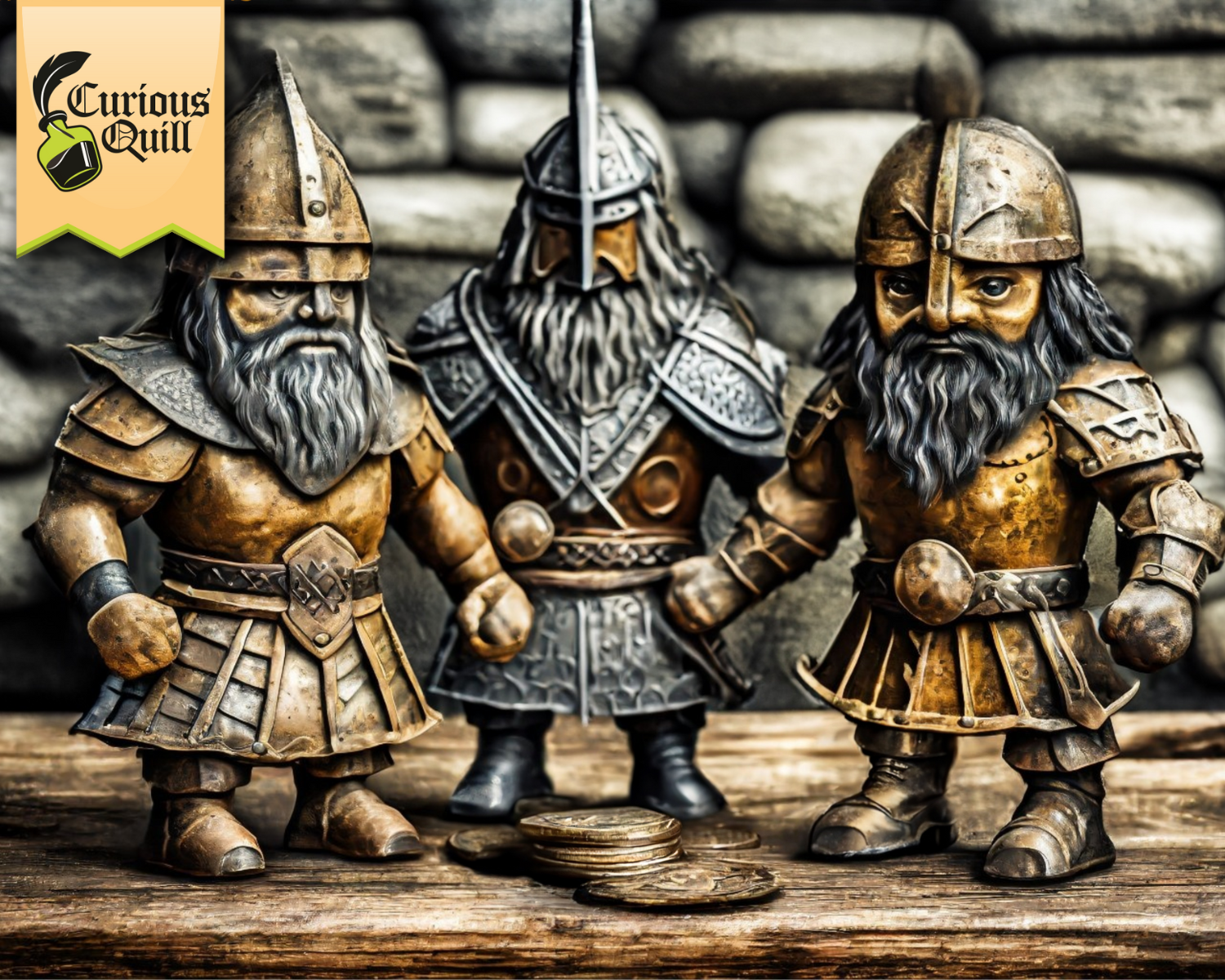Dwarven Winter Festival
The dwarves of Taluma have two primary celebrations throughout the year: to celebrate the advancement of the year, but more importantly, to honor their tutelary deities Sol and Eosta, the Lord and Lady of the sun and Eost, the world, and the elements of fire and earth, respectively. They occur at the beginning and midpoint of what dwarves consider a year, starting with the rise of the sun on the winter solstice and the midway point of the summer solstice.
Two weeks before the winter solstice, as daylight is waning to the shortest day of the year, dwarves light their homes with flames to brighten them until the sun starts to increase in power again. They start a fire in their hearths that they will not allow to go out for the next fourteen days. The next day they put out a candelabra with thirteen candles. They light one candle each day, outer left candle first, then the outer right candle. They continue to alternate moving in each day until the last, middle candle is lit on the solstice. They decorate their homes with felted wool figurines of animals and dwarves as well as pine branch boughs and wreaths decorated with bunches of dried herbs like sage, rosemary, lavender and bay leaves, some of which they gilt with silver and gold leaves or dust that further reflects the light of the hearth fire in their homes.
The Winter festival celebration starts at dawn of the day after the shortest day of the year when the days start becoming longer signifying the rebirth or rise of Sol. They gather around gigantic bonfires they construct in order to send the flames up as high as they can. This allows the heat and light to re-energize their patron. Each dwarven hold has a pyre outside where all the dwarves emerge to gather around it.
They light the pyres during dawn twilight before the sun crosses the horizon and keep the fires burning until sunrise proper when it has fully emerged above the horizon. They add the boughs and wreaths from their homes to the bonfire as tribute to Sol.
One of the many winter solstice pyres lit by dwarves across the land.
The Winter Feast
After the pyres burn and the sun is risen, the dwarves retire back to their holds to celebrate with feasts. Though dwarves are gregarious and celebrate many things en masse as a community, the feast is a smaller, relatively speaking, familial event. However, when it comes to any meal, especially a sacred feast, nothing is small for the dwarves. A succulent roast of boar along with sausages made from the rest of the beast complemented by mushrooms, cabbage, roasted nuts, and goat or sheep milk cheese is a sacred part of the feast. In fact, the hunt for the beast itself is a hallowed activity the week prior.
Nut flour sweets are prepared especially for the children. Pecan horns glazed with maple are a favorite. The best spirits are brought out for the adults with specially prepared festival blends garnished with cinnamon, clove and other warming spices. This is often a gift from the previous year that has been reserved and aged with the spices in it especially for this day.
A typical spread at a dwarf winter feast.
Gift Giving
After the feast, children are given gifts to open. Adults usually do not exchange gifts except for the tradition of gifting fryvatter for the following year and oftentimes spending above their wealth to purchase the best bottle they can reasonably afford.
Gifts for the children include clothes, tools, and toys. One of the most desired toys is a set of metal warriors which are used by younger children in simple play, but older children use to play an age old game called “Mountains and Monsters” which uses the flipping of the game’s coins to determine battle outcomes.
Metal toy warriors gifted to dwarf children.
Read more about dwarven culture and traditions on the dwarves page and posts with the dwarf tag.
Adventure Hooks: Dwarven Winter Festival
How can this information help me running a game you ask? How can I use it beyond just filler background? Well, we can help there, here are 3 adventure hook ideas to use the celebrations of the dwarven winter festival in your campaign.




